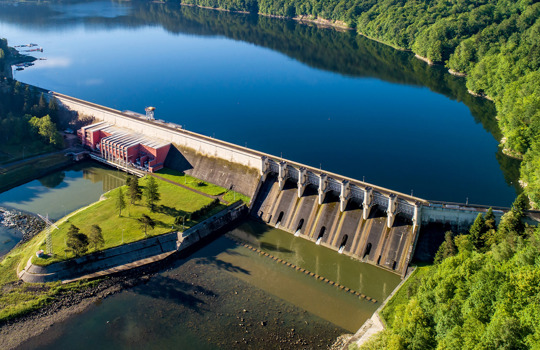Methane is the best alternative for the green transition in shipping
The ambitious targets set by the European Union to reduce greenhouse gas emissions from maritime transport, as well as the inclusion of the maritime sector into the EU ETS and the goals for emissions reductions established in FuelEUMaritime all amount to one thing: The shipping sector needs to increase the speed of its green transition and adopt cleaner fuels that can significantly lower its environmental impact.
There are many different options available, but we at Gasum feel that the green pathway provided by liquefied natural gas (LNG), biomethane, and e-LNG stand out as the most promising and viable alternative for a successful green transition in shipping.
To start at the first point of the pathway, LNG can reduce CO2 emissions by up to 21%, nitrogen oxide (NOx) emissions by up to 85%, sulphur oxide (SOx) emissions by almost 100%, and particulate matter (PM) emissions by up to 99%, compared to conventional fuels. These reductions not only contribute to the decarbonisation of the shipping sector, but also improve the air quality and health of coastal communities and port cities.
If we then look to liquified biomethane and e-LNG (electro LNG), they are both renewable forms of liquified methane that can take you fully green. Gasum produces our biomethane from anaerobic digestion and e-LNG is produced from hydrogen acquired from the electrolysis of water using renewable electricity, such as wind or solar power, which is then combined with renewable CO2.
Both biomethane and e-LNG can be blended with LNG or used as drop-in fuels without any modifications to the existing LNG infrastructure or engines. Moreover, biomethane and e-LNG have a net-zero or even negative carbon footprint, and therefore they can enable the shipping sector to achieve carbon neutrality and even carbon negativity in the long term.
The EU has set a target of 350 TWh of biomethane production by 2030, and while that is an ambitious target it is fully possible and there is still more potential than that in Europe. Should the full potential of biomethane production in Europe be realised then the opportunities offered by the emerging hydrogen market and the electro fuels will ensure that renewable methane is an option for the long future.
E-LNG offers many advantages over other alternative electro fuels. First, it has a higher energy density and a lower cost than other e-fuels, which means they can provide more range and affordability for the shipping sector. It also has the added bonus of counting double when it comes to calculating emission reductions.
Second, methane has a mature and proven technology that is widely available and safe to use. The shipping industry has an extensive experience and expertise in using LNG as a fuel.
Third, the existing methane infrastructure does not have to be adapted to accommodate biomethane and e-LNG, as they have the same specifications and requirements as LNG.
In conclusion the green transition of the shipping sector can be achieved here and now. Biomethane is already available and growing, and Gasum will start supplying the market with e-LNG from 2026.
I therefore feel confident in stating that in the present, as well as for the long future, the methane pathway is the best alternative for the green transition in shipping. It will deliver significant environmental benefits, while also ensuring technical feasibility, economic viability, and operational reliability for the shipping sector. It also means we don’t have to wait for the future, it is already here.
Column writer Johan Englund is Public Affairs Manager at Gasum.



